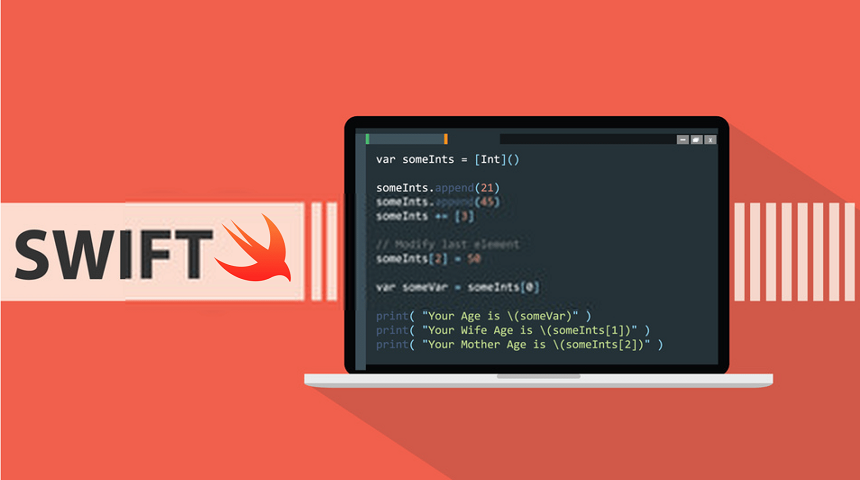
Free eBooks for Beginners
Generics is a powerful feature in SWIFT that allows you to write flexible and reusable code. With generics, you can write code that can work with any type of data, rather than being restricted to a specific type. Whether you’re a beginner or an experienced SWIFT developer, understanding generics is an important part of becoming a skilled SWIFT programmer.
In this article, we’ll introduce you to the basics of generics in SWIFT and explain how they work. By the end of this article, you’ll have a good understanding of what generics are and how they can be used to make your code more flexible and reusable.
What are Generics?
Generics are a way of writing code that can work with any type of data, rather than being restricted to a specific type. With generics, you can write code that is flexible and reusable, and can be adapted to work with different types of data as needed.
For example, you might have a function that sorts an array of numbers. With generics, you can write this function so that it can sort arrays of any type of data, not just numbers.
Why Use Generics?
There are several benefits to using generics in SWIFT. First, generics make your code more flexible and reusable, allowing you to write code that can work with any type of data. This means that you can write code once and use it with different types of data, rather than having to write separate code for each type.
Second, generics help to reduce code duplication and make your code easier to maintain. By using generics, you can write code that can work with any type of data, rather than having to write separate code for each type. This makes your code easier to maintain, as you only have to make changes in one place, rather than having to make changes in multiple places.
Third, generics help to ensure that your code is type-safe. With generics, you can specify the types of data that your code can work with, and the compiler will check that your code only works with the specified types. This helps to catch potential bugs and errors early on in the development process, and makes your code more reliable and stable.
Conclusion
Generics are a powerful feature in SWIFT that allow you to write flexible and reusable code. By allowing you to write code that can work with any type of data, generics make your code more flexible, reduce code duplication, and help to ensure that your code is type-safe. Whether you’re a beginner or an experienced SWIFT developer, understanding generics is an important part of becoming a skilled SWIFT programmer.
Cookbook – SWIFT for Beginners – Chapter 22: Generics
 Loading...
Loading...
Disclaimer: The information and code presented within this recipe/tutorial is only for educational and coaching purposes for beginners and developers. Anyone can practice and apply the recipe/tutorial presented here, but the reader is taking full responsibility for his/her actions. The author (content curator) of this recipe (code / program) has made every effort to ensure the accuracy of the information was correct at time of publication. The author (content curator) does not assume and hereby disclaims any liability to any party for any loss, damage, or disruption caused by errors or omissions, whether such errors or omissions result from accident, negligence, or any other cause. The information presented here could also be found in public knowledge domains.